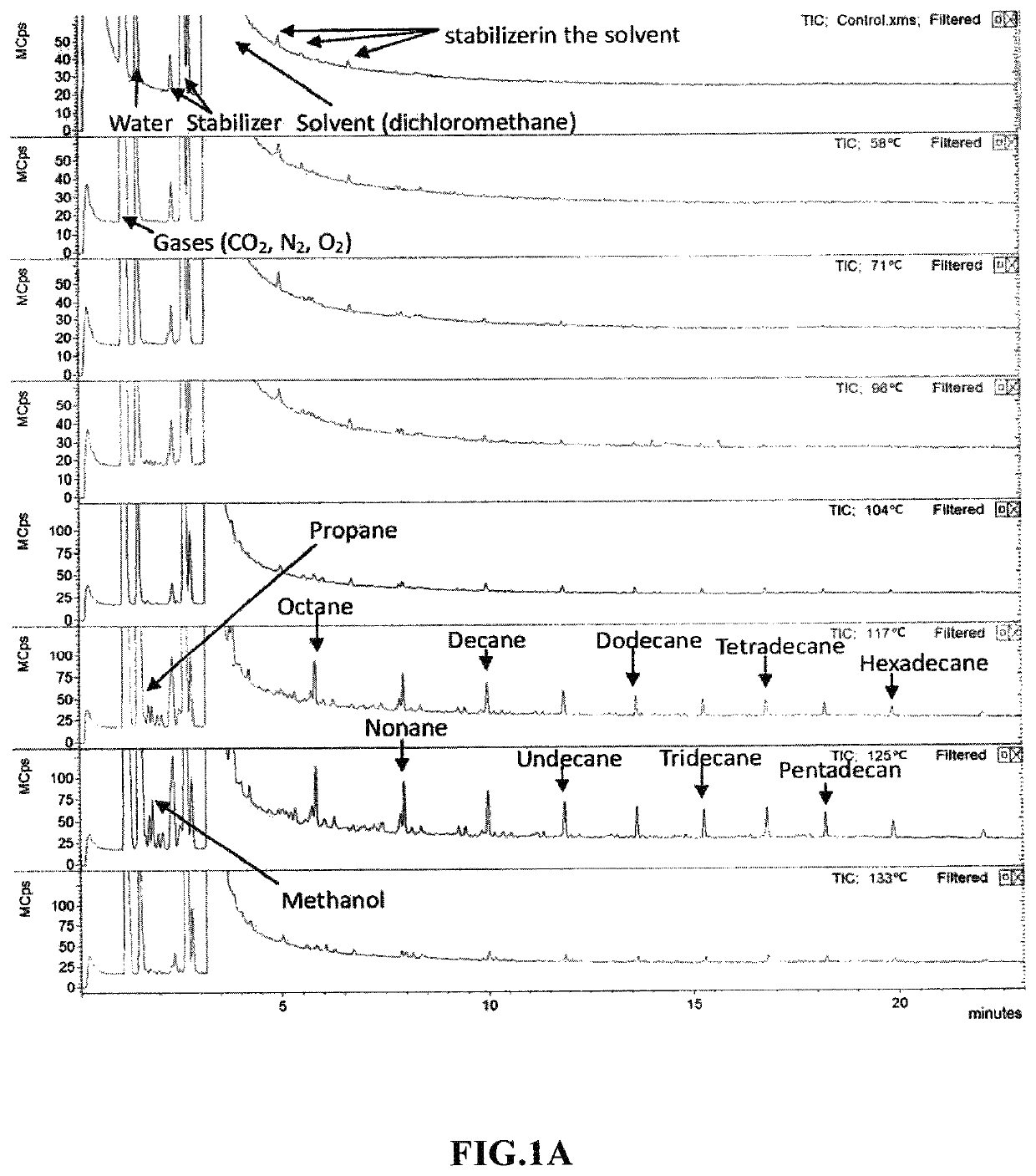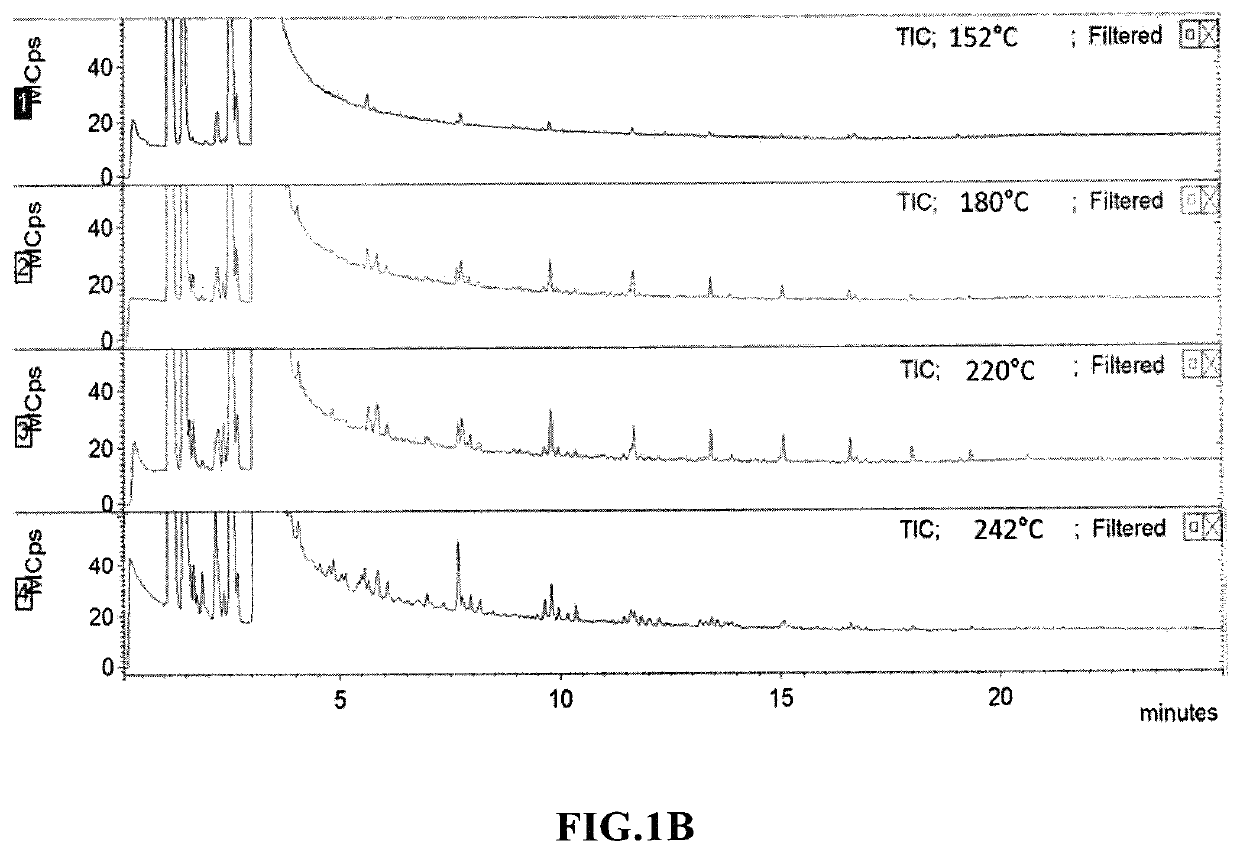Plasmonic nanoparticle catalysts and methods for producing long-chain hydrocarbon molecules
a technology of plasmonic nanoparticles and catalysts, applied in the field of carbon dioxide sequestration and renewable energy, can solve the problem of still a long way from commercialization
- Summary
- Abstract
- Description
- Claims
- Application Information
AI Technical Summary
Benefits of technology
Problems solved by technology
Method used
Image
Examples
examples
[0049]1-5 g of Cobalt nanoparticles having a size within the range of 1 nm to 1000 nm were sealed in a glass vial with water and CO2. The glass vials was irradiated under sunlight or solar simulator for 8-20 hours at appropriate temperature. The intensity of incident light is about 1000 to 1500 W / m2. Thermal couples were attached to the bottom half of the vial to monitor the temperature. A control experiment was also conducted with the same material but without light irradiation to show that there are no contaminations from the precursor.
[0050]After 8-20 hours of irradiation, the products were extracted with 1 mL of dichloromethane and analyzed by a gas chromatography-mass spectrometer (GC-MS) with identical route. The amount of each compound was calibrated with a standard C7-C20 alkane sample solved in hexane.
[0051]The GC chromatography (FIG. 1A-1B) shows the products obtained from the experiments at different temperatures. C3 to C17 alkanes (straight saturated long-chain hydrocarb...
PUM
| Property | Measurement | Unit |
|---|---|---|
| distance | aaaaa | aaaaa |
| temperature | aaaaa | aaaaa |
| temperature | aaaaa | aaaaa |
Abstract
Description
Claims
Application Information
 Login to View More
Login to View More - R&D
- Intellectual Property
- Life Sciences
- Materials
- Tech Scout
- Unparalleled Data Quality
- Higher Quality Content
- 60% Fewer Hallucinations
Browse by: Latest US Patents, China's latest patents, Technical Efficacy Thesaurus, Application Domain, Technology Topic, Popular Technical Reports.
© 2025 PatSnap. All rights reserved.Legal|Privacy policy|Modern Slavery Act Transparency Statement|Sitemap|About US| Contact US: help@patsnap.com



